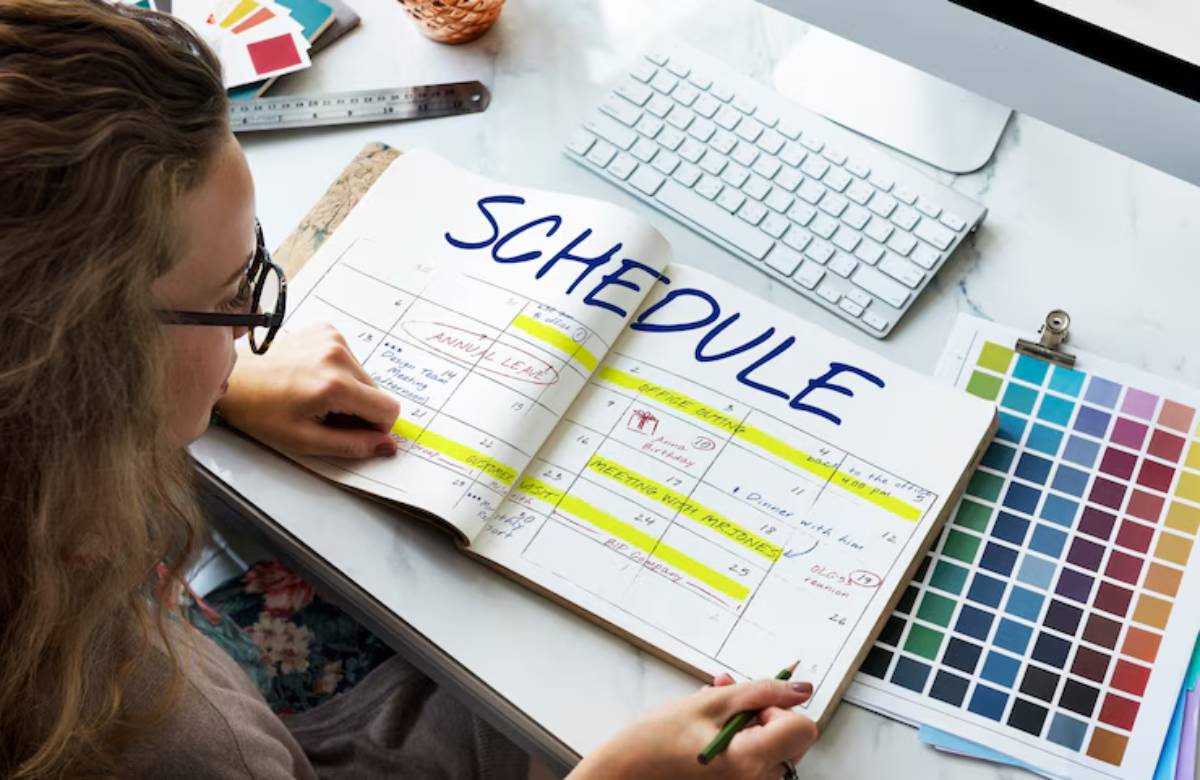
Spacing Effect: Why You Shouldn’t Cram
Let’s be honest—most of us have crammed the night before a big exam. Armed with coffee and highlighters, we convince ourselves that intense, last-minute effort will do the trick. And sometimes it seems to work—until we forget everything a week later.
That’s where the spacing effect comes in. Backed by decades of research in educational psychology, it’s one of the most powerful study techniques we rarely talk about. Spacing out your learning is better than cramming. It helps you understand more, remember better, and feel less stressed.
In this post, you’ll discover the spacing effect. You’ll find out why it works and how to use it in your study schedule. This way, you can stop cramming for good.
What Is the Spacing Effect?
The spacing effect means we remember information better if we learn it over several sessions instead of cramming all at once. German psychologist Hermann Ebbinghaus first described this concept in the 19th century. Now, it is widely recognised in the science of distributed learning.
A Simple Analogy
Think of learning like watering a plant. Pour a whole bucket on it once a month, and it might drown or dry out between sessions. But water it consistently, in small amounts, and it thrives. Your brain works in much the same way.
Why Cramming Doesn’t Work
The Illusion of Mastery
Cramming gives a false sense of confidence. You may feel like you’re absorbing everything quickly, but what you’re really doing is relying on short-term memory. This memory fades fast, especially if the information isn’t revisited or reinforced.
Cognitive Overload
When you cram, you’re bombarding your brain with information at a pace it can’t process effectively. It leads to mental fatigue, confusion, and anxiety—none of which help performance. According to cognitive load theory, your working memory has limited capacity. Cramming overwhelms it.
The Benefits of Spaced Learning
Spacing your learning out doesn’t just improve test scores—it actually reshapes how you engage with information.
1. Better Long-Term Retention
Studies show that spacing boosts retention across all age groups and subjects. Repeated exposure helps us store facts in long-term memory. This applies to vocabulary, history dates, and chemistry formulas.
2. Improved Understanding
Spacing gives time for consolidation. This process helps move knowledge from short-term to long-term storage. It also encourages reflection, which leads to deeper learning.
3. Reduced Stress and Anxiety
Spaced studying is better than cramming. It breaks the material into smaller, easier parts. This makes learning easier and boosts confidence with steady progress.
4. Time Efficiency
Believe it or not, spacing can actually save time. Because you’re retaining more with each session, you don’t need to keep relearning the same material.
How to Build a Spaced Study Schedule

Step 1: Plan Ahead
Spacing only works if you give yourself time. Start planning your study schedule at least two weeks in advance of a test or deadline. Use a calendar to break topics into chunks.
Step 2: Use the Rule of Repetition
Revisit the material multiple times with increasing gaps between sessions. For example:
- Day 1: Learn the topic
- Day 3: Review it briefly
- Day 7: Quiz yourself
- Day 14: Recap and reflect
This approach uses what’s called graduated intervals—short reviews early on, longer gaps later.
Step 3: Mix It Up (Interleaving)
Don’t study the same subject for hours. Instead, rotate topics during a session. Interleaving is a technique that boosts retention. It helps your brain link different concepts.
Step 4: Use Active Recall
Just rereading your notes isn’t enough. Test yourself with flashcards, practice problems, or teach the material to someone else. Active recall paired with spacing leads to much better memory performance.
Common Mistakes to Avoid
Mistake 1: Starting Too Late
You can’t space your study sessions if your exam is tomorrow. Spacing requires time and discipline. Avoid procrastination by setting reminders and deadlines in advance.
Mistake 2: Passive Studying
Highlighting and rereading might feel productive, but they’re often passive. Replace them with active recall and self-quizzing to make your spaced sessions truly effective.
Mistake 3: Inconsistent Schedules
Skipping review days weakens the effect. Stay consistent. Even 15–20 minutes of review can make a big difference when spaced correctly.
How Real Students Use Spacing to Succeed
Case Study: Alex, A-Level Student
Alex used to cram the weekend before his A-level biology exams and found himself constantly stressed. After he switched to spaced study with Google Calendar and Anki, he saw a big change. His scores improved, and he felt much more confident entering the exam hall.
His study blocks were short—just 30 minutes per topic—spread across two weeks. By the time the exam came around, he’d already reviewed the material four times, each time reinforcing his memory.
Tools and Apps That Help

You don’t have to go it alone. There are fantastic tools to help structure your spaced study sessions:
- Anki: A flashcard app that uses spaced repetition algorithms
- Notion or Obsidian: For organising notes and tracking revisions
- Google Calendar: Perfect for scheduling spaced blocks visually
- Quizlet: Easy to build test-based recall exercises
These apps can keep you accountable and optimise your study efficiency.
Expert Opinions Back It Up
Dr. John Dunlosky, a psychology professor at Kent State University, says spaced practice is a top study strategy. He co-authored the book Improving Students’ Learning with Effective Learning Techniques. This method is well-researched and proven to be effective.
The American Psychological Association says that spacing helps students succeed. This works best when combined with retrieval practice.
Space to Grow
The truth is, there’s no magic pill for perfect recall—but the spacing effect comes close. It’s simple, science-backed, and adaptable to any subject or age group.
Ditch the all-nighters, and give your brain the space it needs to actually learn.
Build Smarter Study Habits Today
Spacing isn’t about studying more—it’s about studying smarter. You’ll remember more, stress less, and actually enjoy the process. Here’s your task: check your calendar today. Find your next exam or project. Then, set up your first spaced session.
Ready to give it a try? Leave a comment below if you’ve used spacing before—or if you’re planning to! And don’t forget to share this with a friend who’s still stuck cramming the night before.


